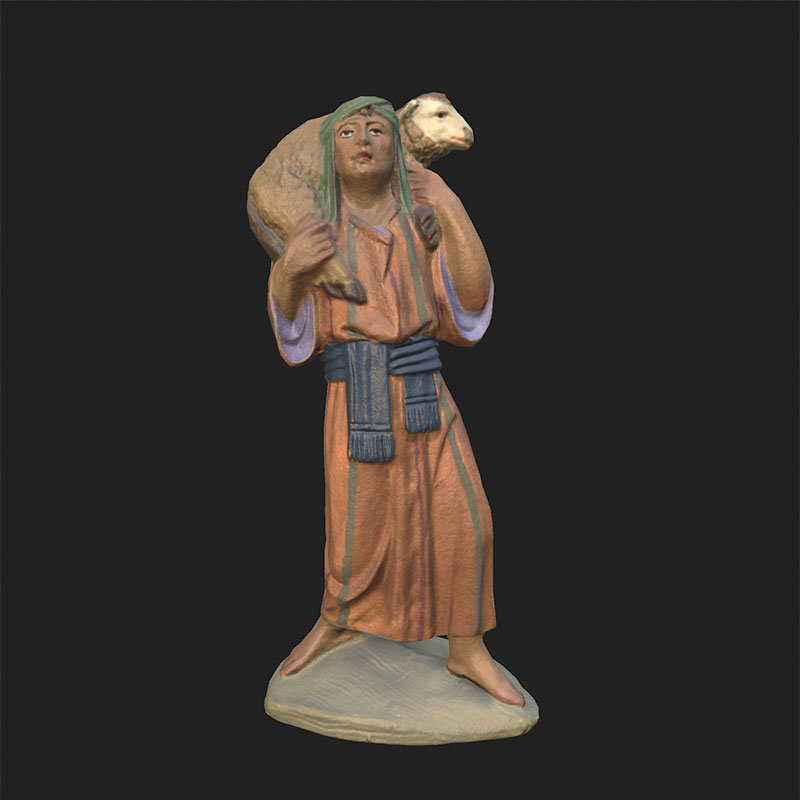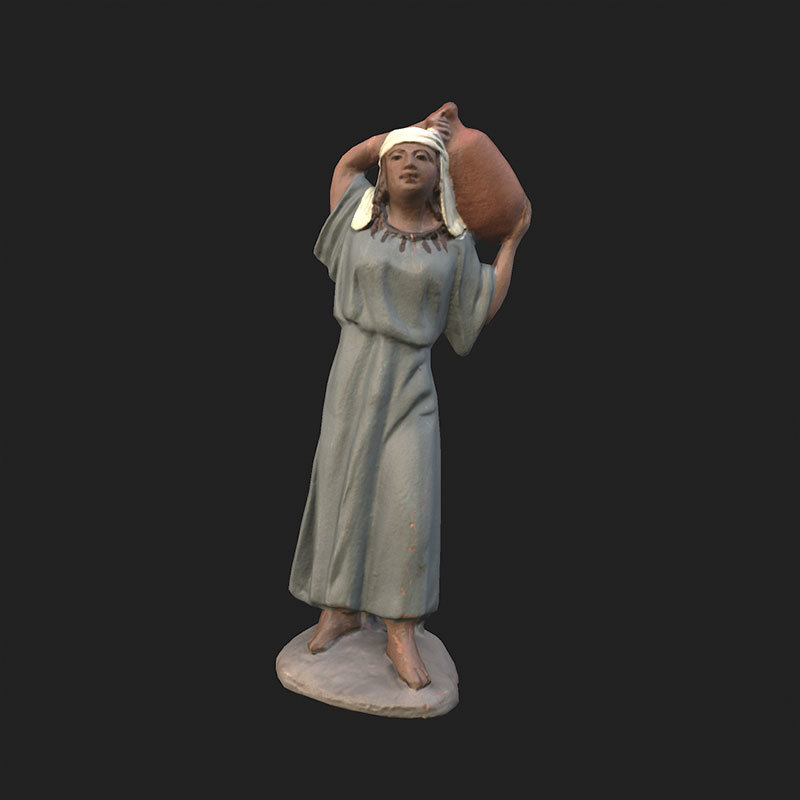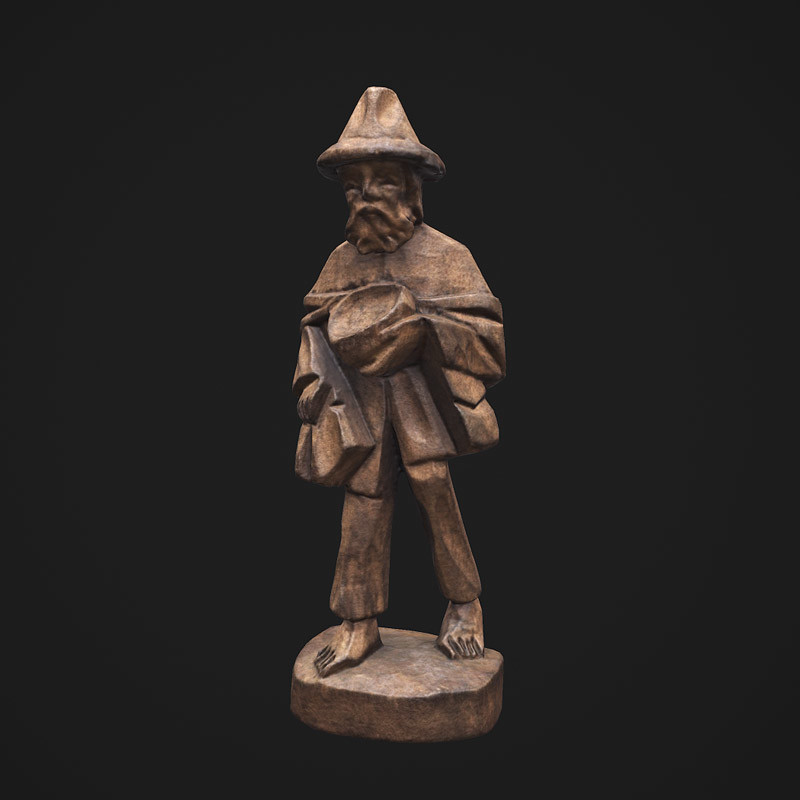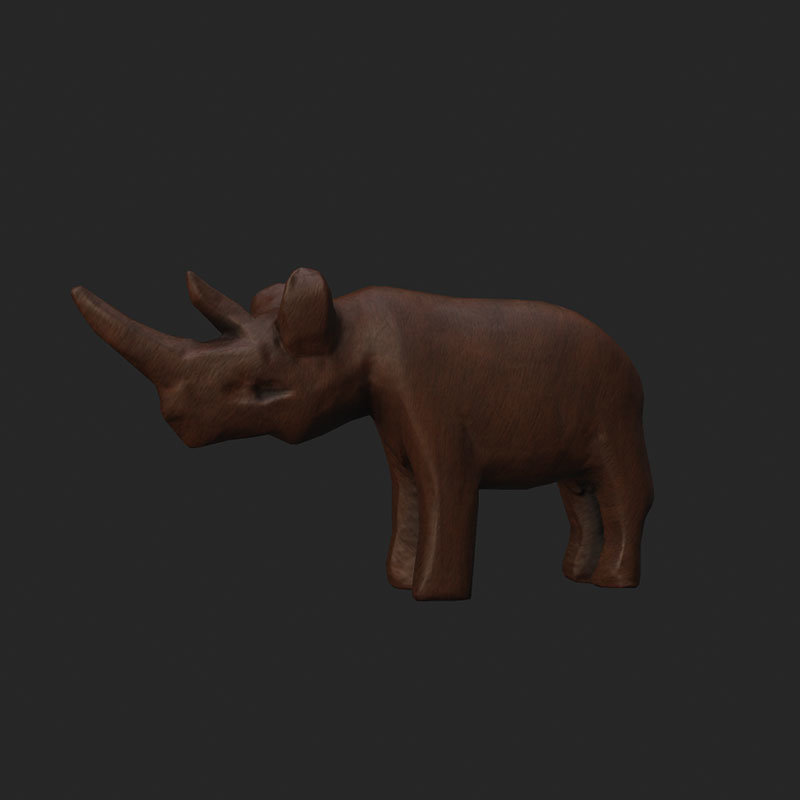3D scanning for small objects.
The smallest objects can be scanned with millimetric precision, reproducing all the details of form and texture.
Today we have the capability to digitally replicate practically any object, no matter its composition. We can recreate a wide variety of things existing in our surroundings – some tangible and distinct, such as a suitcase, a bicycle, or an Etruscan vase, while others are less concrete and more abstract, like liquids, nebulae, or movements.
These objects and phenomena can be studied and observed both physically and in virtual settings. Thanks to accurate digitisation, we can conduct these observations and studies using any connected device.
Typically, most available 3D scanners are incapable of attaining the level of precision requisite to capture the tiniest intricacies of small objects, commonly within a few millimetres. Nevertheless, Scan3D‘s high-performance 3D scans permit us to construct precise virtual replicas of articles, regardless of their size and texture. At Scan3D, we operate with an accuracy of 0.05mm and a 3D mesh detail resolution of 0.1mm.
These are a few examples of small objects that we have scanned in Scan3D. We have created interactive RealTime 360º presentations for these objects, which enables viewers to scrutinize their topology (the type, arrangement, and number of polygons) and their incredibly realistic texture from all angles.
We have improved the 3D meshes of these objects to match with RealTime 3D apps that need low polygon volume and PBR textures (Physically based rendering). These 3D shapes work with many 3D editing programs, and also work for VR and AR experiences.
You can view each item by clicking on its corresponding image. In each case, we provide the item’s exact measurements, which we obtained directly from the scanning process.





